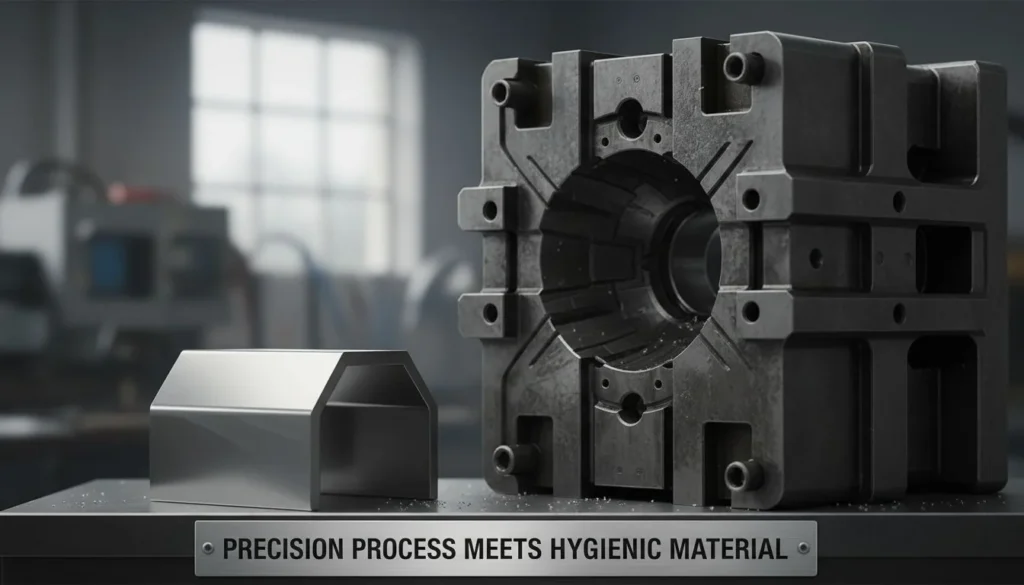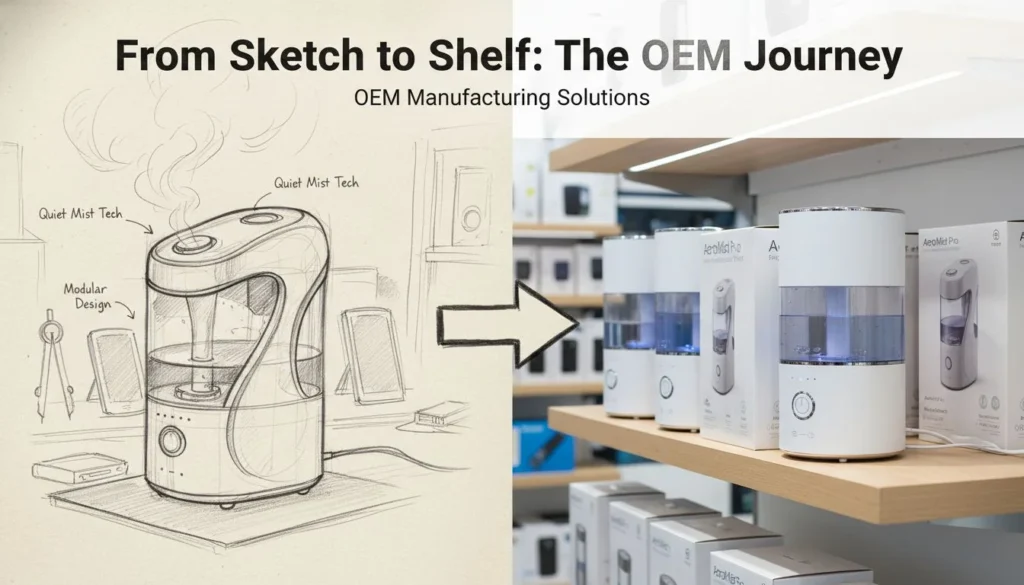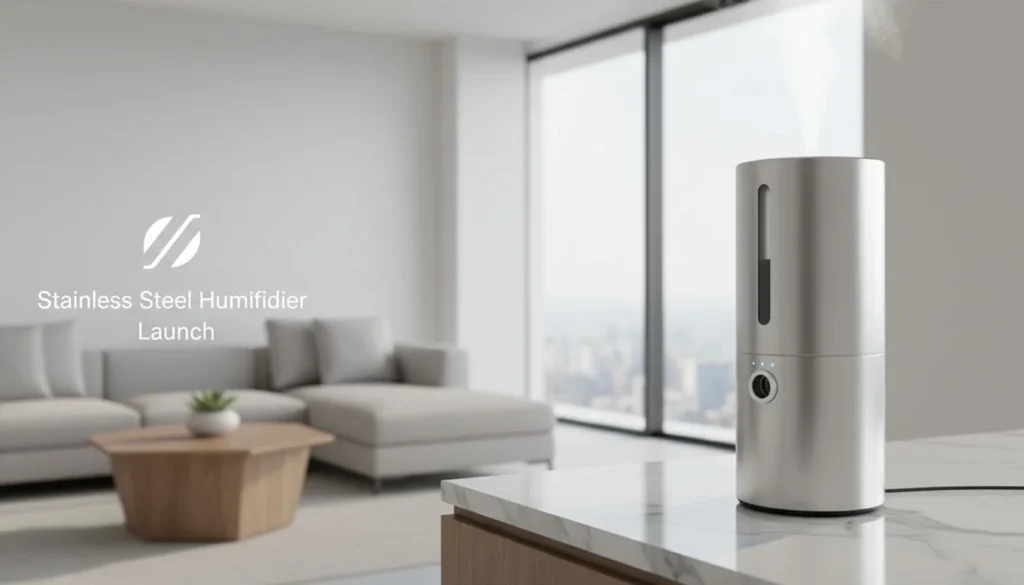
В современном стремлении к чистоте воздуха в помещении правильная технология датчиков в воздухоочистителях играет решающую роль.
При выборе датчиков для воздухоочистителей учитывайте такие факторы, как тип загрязняющих веществ, которые вы хотите контролировать (например, PM2.5, VOCs), точность датчиков, интеграция с IoT-устройствами, репутация бренда и экономическая эффективность. Эти элементы влияют на общий мониторинг качества воздуха и эффективность системы.
Хотя понимание этих основных факторов очень важно, более глубокое изучение конкретных типов датчиков, их функциональных возможностей и тенденций рынка может еще больше оптимизировать процесс принятия решений. Читайте далее, чтобы узнать, как развивается технология датчиков для воздухоочистителей и как привести ее в соответствие с вашими потребностями.
Датчики PM2.5 необходимы для воздухоочистителей.Правда
Они обнаруживают мелкие твердые частицы, что очень важно для определения загрязнения городской среды.
Какие типы датчиков используются в очистителях воздуха?
Датчики - это бесшумные часовые в воздухоочистителях, которые обнаруживают загрязняющие вещества и обеспечивают чистоту воздуха.
Обычные датчики в воздухоочистителях включают датчики PM2.5, температуры и влажности, VOC датчики и датчики CO2. Эти датчики контролируют различные загрязняющие вещества в помещении и условия окружающей среды, повышая эффективность воздухоочистителей в поддержании здорового качества воздуха в помещении.
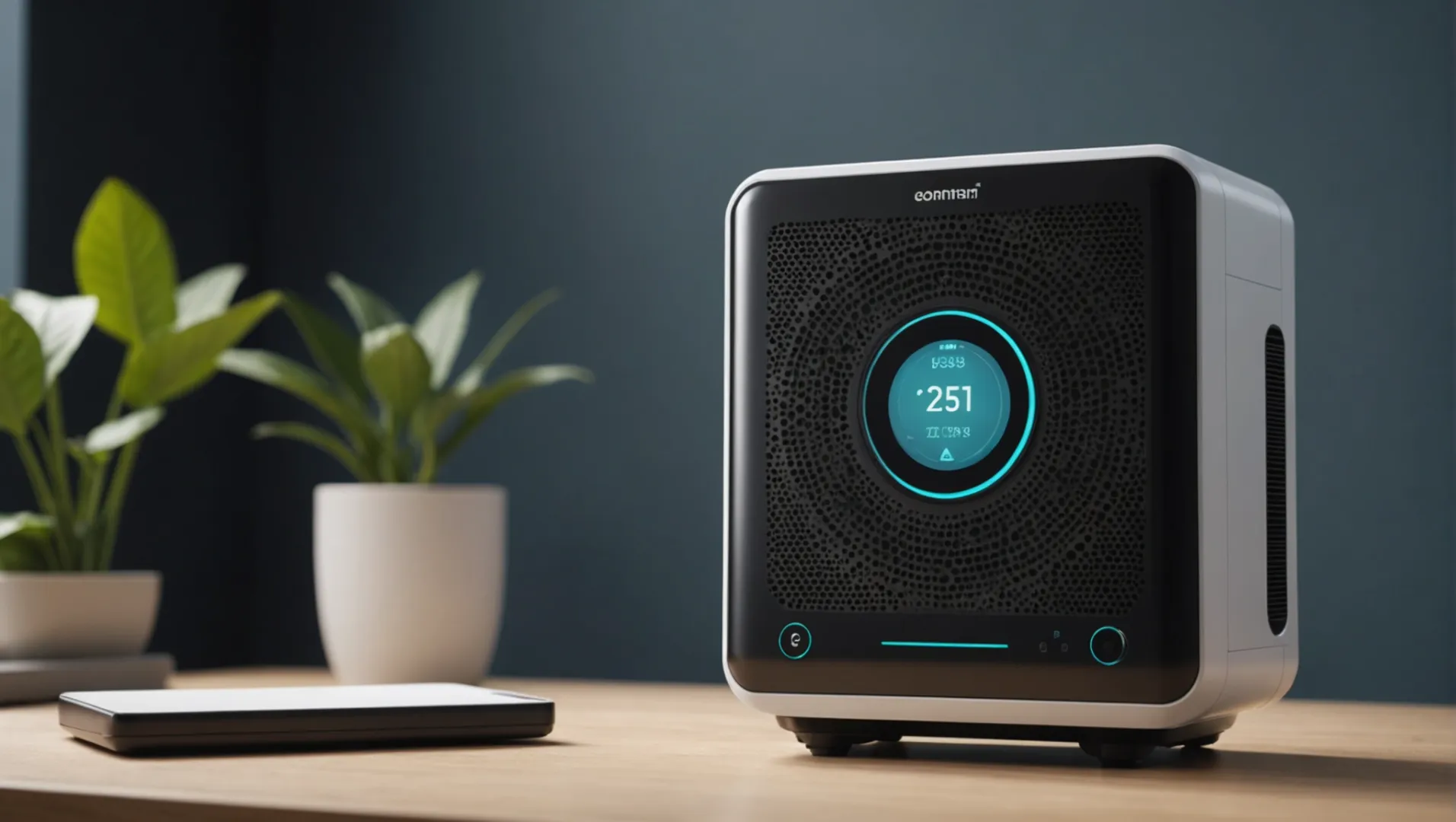
Датчики PM2.5: Детекторы мелких частиц
Датчики PM2.5 крайне важны для обнаружения мелкодисперсных частиц, которые могут проникать глубоко в легкие и даже попадать в кровь. Традиционно, Швейцарские компании1 Такие компании, как Sensirion, были лидерами в этой области, предлагая высокоточные датчики. Однако новые игроки из Китая, такие как Cubic и Plantower, получили признание благодаря своим экономичным и высокопроизводительным альтернативам.
Датчики температуры и влажности: Мониторы состояния окружающей среды
Эти датчики помогают поддерживать оптимальные условия работы воздухоочистителей, регулируя настройки в зависимости от температуры и влажности окружающей среды. Они обеспечивают эффективную работу очистителя в различных условиях окружающей среды, предотвращая повреждения и эффективно поддерживая качество воздуха.
VOC и датчики CO2: Химические часовые
Летучие органические соединения (ЛОС) и углекислый газ являются значительными загрязнителями воздуха в помещении, влияющими на здоровье и комфорт. VOC датчики обнаруживают вредные химические вещества, которые могут выделяться из бытовых продуктов, а датчики CO2 контролируют свежесть воздуха. Интеграция этих датчиков помогает решить более широкий спектр проблем, связанных с качеством воздуха в помещении.
Новые сенсорные технологии: За пределами основ
С развитием IoT и искусственного интеллекта современные воздухоочистители начинают оснащаться дополнительными датчиками, такими как датчики шума, света, давления и присутствия. Такие компании, как HisoAir, находятся на переднем крае интеграции этих датчиков. качество внутренней среды2 датчики, прокладывая путь к более умным и адаптивным системам очистки воздуха.
Чтобы выбрать правильный набор датчиков, важно учитывать, какие именно загрязняющие вещества необходимо контролировать в вашей среде, а также соотношение затрат и выгод каждого типа датчиков. Сотрудничество с опытными поставщиками поможет вам сделать выбор, который будет наилучшим образом соответствовать вашим конкретным требованиям.
Датчики PM2.5 определяют содержание мелких твердых частиц.Правда
Датчики PM2.5 отслеживают частицы, которые могут попасть в кровь.
Датчики CO2 измеряют температуру в воздухоочистителях.Ложь
Датчики CO2 измеряют уровень углекислого газа, а не температуру.
Как сенсорные технологии влияют на эффективность воздухоочистителей?
Благодаря сенсорной технологии, лежащей в основе, воздухоочистители достигают оптимальной производительности и улучшают качество воздуха.
Сенсорные технологии влияют на эффективность воздухоочистителей, точно определяя загрязняющие вещества, оптимизируя использование фильтров и обеспечивая интеллектуальные функции. Такие датчики, как PM2.5, CO2 и VOC играют важнейшую роль в мониторинге качества воздуха и инициировании соответствующих действий по очистке, повышая тем самым общую эффективность и удовлетворенность пользователей.
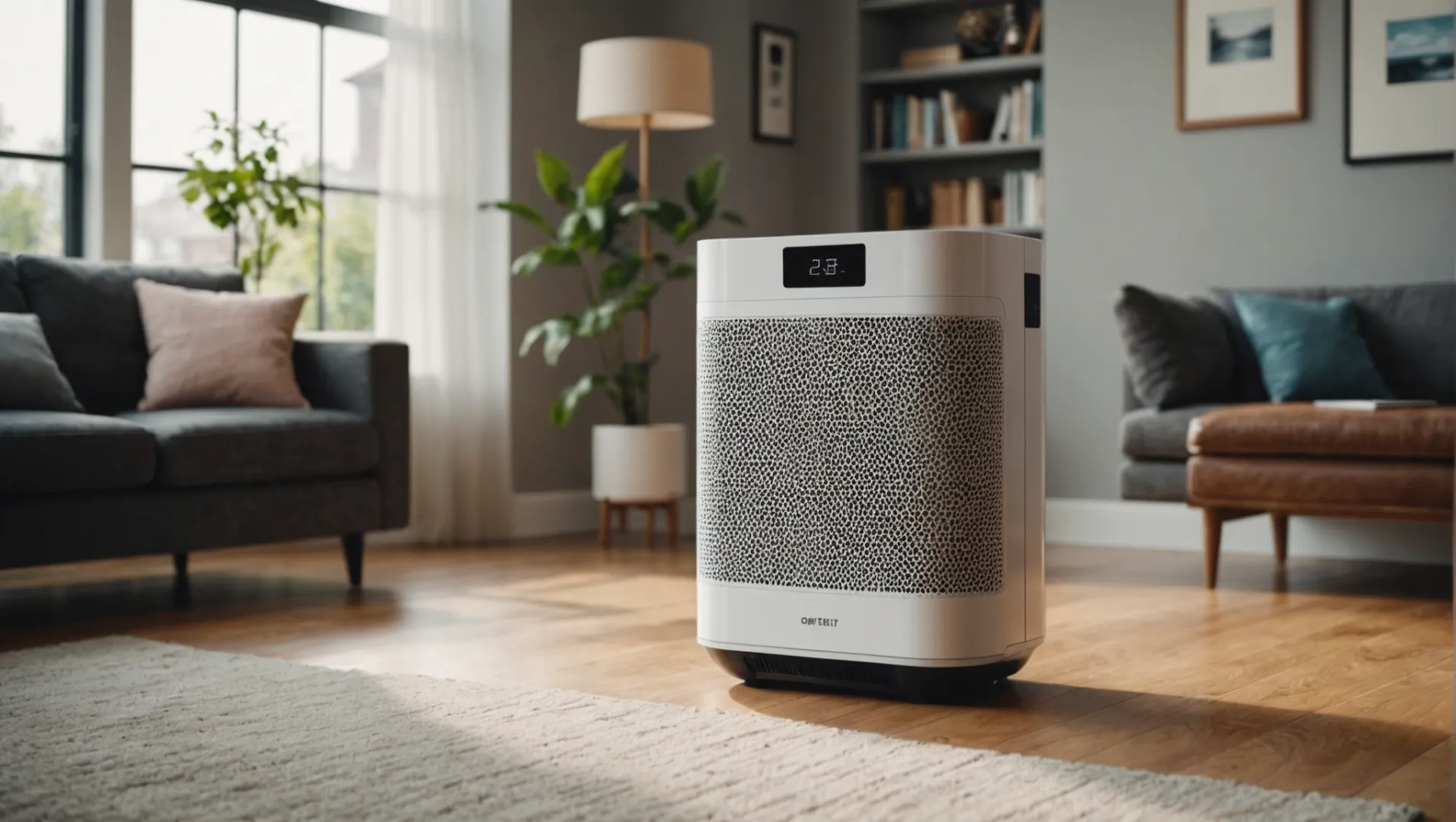
Понимание основных типов датчиков в воздухоочистителях
В воздухоочистителях используются различные датчики для повышения их эффективности и результативности в поддержании качества воздуха в помещении. Среди них Датчики PM2.53 очень важны, поскольку они обнаруживают мелкие твердые частицы, предупреждая очиститель, чтобы он соответствующим образом регулировал мощность фильтрации. Это очень важно для людей, живущих в городских районах с высоким уровнем загрязнения.
Дополнительно, Датчики CO24 Помогают контролировать уровень углекислого газа, гарантируя, что воздух в помещении остается свежим и здоровым. С ростом осведомленности потребителей, VOC Датчики летучих органических соединений (ЛОС) также становятся стандартной функцией. Эти датчики определяют наличие вредных газов и химических веществ, побуждая очиститель активировать необходимые процессы очистки.
Роль точности датчиков и репутации бренда
Эффективность воздухоочистителя в значительной степени зависит от точности его датчиков. Датчики от таких известных брендов, как Sensirion, и новых участников рынка, таких как Cubic и Plantower, стали отраслевыми стандартами благодаря своей надежности и точности.
Ключевым фактором, на который следует обратить внимание, является то, насколько хорошо эти датчики интегрируются с другими устройствами "умного дома". Такая интеграция не только повышает удобство использования, но и позволяет собирать более точные данные, что приводит к более эффективным процессам очистки.
Интеграция IoT для улучшенной очистки воздуха
Интернет вещей (IoT) произвел революцию в работе воздухоочистителей. Благодаря интеграции датчиков с технологией IoT воздухоочистители теперь могут собирать данные из различных источников, таких как температура, влажность и даже уровень шума. Такие компании, как HisoAir, возглавляют эту тенденцию, внедряя IEQ датчики5 которые отслеживают различные параметры окружающей среды, предлагая более комплексный подход к управлению качеством воздуха.
Благодаря таким достижениям в области сенсорных технологий воздухоочистители могут работать автономно, регулируя свои настройки на основе данных, получаемых в режиме реального времени. Это позволяет повысить энергоэффективность и обеспечить оптимальную работу воздухоочистителя в любое время.
Экономическая эффективность и тенденции рынка
Хотя высококачественные датчики часто стоят дороже, их экономическая эффективность со временем может перевесить первоначальные затраты. На рынке наблюдается переход к более доступным, но надежным сенсорным технологиям от таких брендов, как Cubic и Plantower. Эта тенденция обнадеживает, поскольку позволяет потребителям получить доступ к передовым решениям по очистке воздуха, не разоряясь при этом.
Понимая эти факторы, потребители могут принимать взвешенные решения о том, какие воздухоочистители лучше всего удовлетворят их потребности и обеспечат максимальную эффективность.
Датчики PM2.5 регулируют мощность фильтрации воздухоочистителя.Правда
Датчики PM2.5 обнаруживают мелкие частицы, что позволяет регулировать фильтрацию.
Интеграция IoT снижает эффективность воздухоочистителей.Ложь
IoT повышает эффективность, позволяя вносить коррективы на основе данных в режиме реального времени.
Какие бренды предлагают надежные датчики качества воздуха?
Выбор надежного бренда для датчиков качества воздуха имеет решающее значение для эффективной очистки воздуха.
К надежным брендам датчиков качества воздуха относятся Sensirion, Cubic, Plantower и HisoAir. Эти компании известны своими передовыми сенсорными технологиями, обеспечивающими высокую точность и возможности интеграции. При выборе бренда учитывайте такие факторы, как производительность, экономичность и совместимость с IoT-системами, чтобы обеспечить оптимальный мониторинг качества воздуха.

Sensirion: Швейцарская точность в сенсорных технологиях
Sensirion - швейцарская компания, известная своими высокоточными датчики качества воздуха6В частности, для контроля содержания PM2.5, температуры и влажности. Их датчики широко используются в воздухоочистителях премиум-класса благодаря своей исключительной точности и надежности. Опыт Sensirion в области интеграции датчиков делает ее лучшим выбором для тех, кому важна точность измерения качества воздуха.
Восходящие звезды из Китая: Cubic и Plantower
В последние годы китайские бренды, такие как Cubic и Plantower, завоевали признание в индустрии воздухоочистителей. Известные своими экономичные датчики PM2.57Эти бренды предлагают впечатляющие улучшения производительности, которые конкурируют с более известными именами. По мере развития технологий эти бренды становятся все более популярными среди производителей, ищущих доступные и надежные решения.
Расширение возможностей сенсоров: Инновации HisoAir
HisoAir - ведущий поставщик, который интегрирует различные датчики для улучшения функциональности воздухоочистителей. Их подход включает в себя добавление CO2, VOCи датчики формальдегида, позволяющие решать проблемы более широкого спектра загрязняющих веществ в помещении. Интеграция HisoAir качество внутренней среды (IEQ) датчики8 как датчики шума, света и присутствия, представляет собой дальновидную стратегию, соответствующую растущему спросу на более интеллектуальные и комплексные системы очистки воздуха.
Факторы, которые следует учитывать при выборе марки датчика
При выборе марки датчика учитывайте специфику загрязняющих веществ, которые вам необходимо контролировать, и общие требования к системе. Оцените характеристики датчика возможности интеграции с системами IoT9, что может значительно повысить точность и эффективность мониторинга. Кроме того, оцените репутацию бренда с точки зрения инноваций, поддержки клиентов и соответствия отраслевым стандартам.
| Бренд | Основные характеристики | Примечательные продукты |
|---|---|---|
| Sensirion | Высокая точность, надежность | Датчики PM2.5 |
| Кубический | Экономичность, повышение производительности | Датчики PM2.5 |
| Плантатор | Признанное качество, доступная цена | Датчики PM2.5 |
| HisoAir | Инновационная интеграция нескольких датчиков | IEQ Датчики |
Понимание сильных сторон каждого бренда и их соответствия вашим конкретным потребностям может привести к улучшению контроля качества воздуха и улучшению микроклимата в помещении.
Датчики Sensirion известны своей высокой точностью.Правда
Компания Sensirion известна своими точными датчиками качества воздуха, особенно PM2.5.
HisoAir производит только датчики PM2.5.Ложь
В HisoAir интегрированы различные датчики, включая CO2 и VOC, а не только PM2.5.
Как IoT и ИИ могут усовершенствовать датчики очистителей воздуха?
Благодаря IoT и искусственному интеллекту воздухоочистители совершают революцию, предлагая более интеллектуальное и эффективное управление качеством воздуха.
IoT и искусственный интеллект улучшают работу датчиков воздухоочистителей, обеспечивая сбор данных в режиме реального времени, предиктивную аналитику и адаптивную реакцию на изменяющиеся условия качества воздуха. Такая интеграция позволяет воздухоочистителям автономно регулировать настройки, обеспечивая оптимальное качество воздуха в помещении и энергоэффективность.
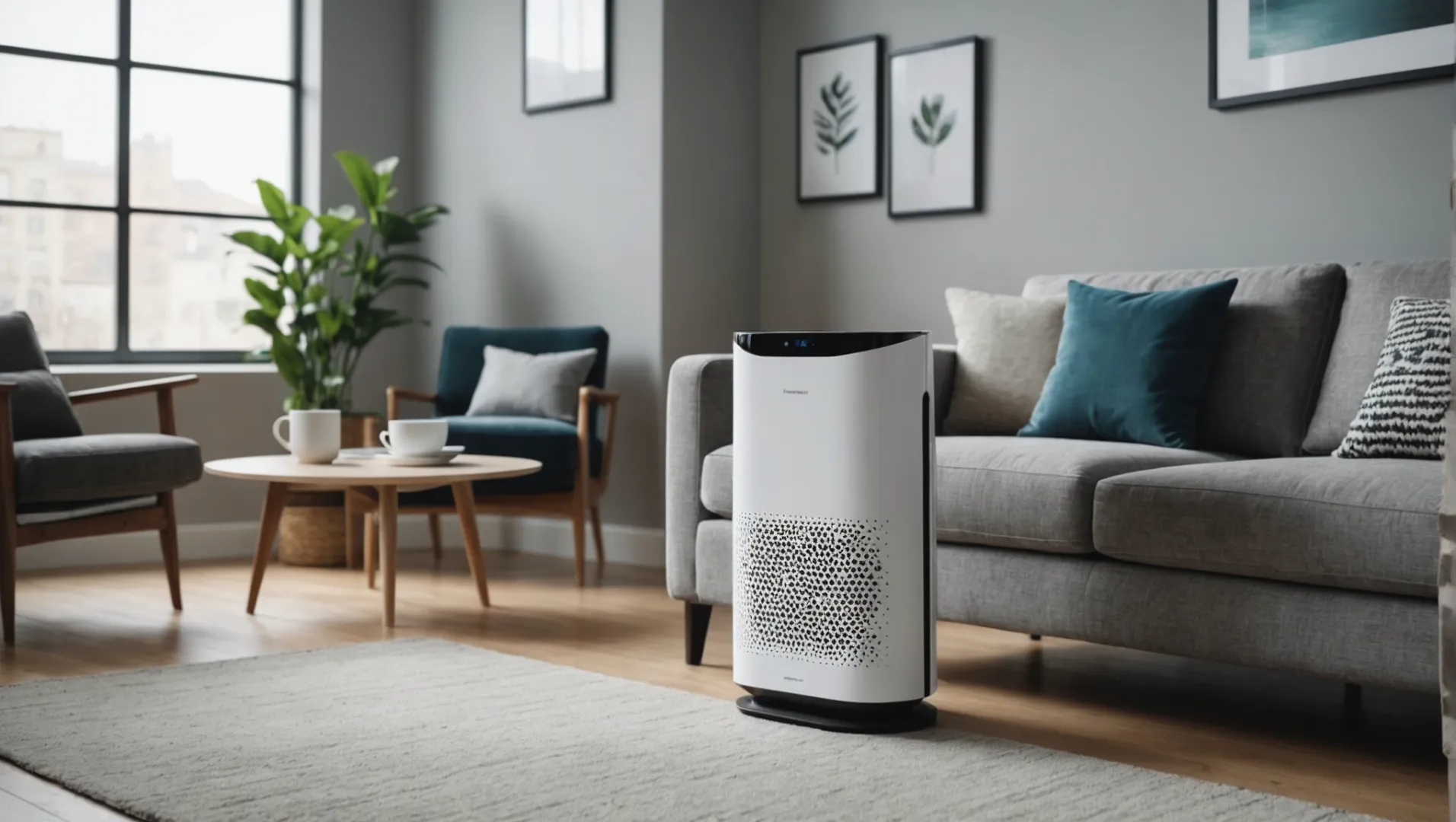
Роль IoT в очистителях воздуха
Интеграция Интернета вещей (IoT) в воздухоочистители позволяет обеспечить бесперебойную связь между устройствами. Датчики с поддержкой IoT могут передавать данные о качестве воздуха в режиме реального времени в центральную систему, предоставляя пользователям подробную информацию о состоянии окружающей среды в помещении. Такая связь не только повышает удобство использования, но и способствует энергосбережению, регулируя настройки очистителя в зависимости от текущих потребностей. Ведущие бренды, такие как HisoAir, стали пионерами в этом вопросе, встроив в свои модели передовые датчики, такие как детекторы шума и света.
Влияние искусственного интеллекта на функциональность датчиков
Искусственный интеллект (ИИ) выводит интеграцию датчиков на новый уровень, используя алгоритмы машинного обучения для анализа собранных данных. Понимая закономерности в изменении качества воздуха, искусственный интеллект может предсказывать скачки загрязнения и соответствующим образом корректировать работу очистителя. Например, искусственный интеллект может изучить распорядок дня домохозяйства и упреждающе усилить фильтрацию во время приготовления пищи или уборки, оптимизируя работу устройства.
Улучшенное управление качеством воздуха
Благодаря сочетанию IoT и искусственного интеллекта воздухоочистители выходят за рамки простого обнаружения загрязняющих веществ. Теперь они предлагают комплексную оценку качества внутренней среды (IEQ), включающий в себя несколько датчиков, таких как детекторы CO2, летучих органических соединений и формальдегида. Такой мультисенсорный подход обеспечивает мониторинг более широкого спектра загрязнителей воздуха, обеспечивая более здоровую атмосферу в помещении.
Тенденции рынка и инновации брендов
По мере развития сенсорных технологий такие бренды, как Cubic и Plantower, стали значимыми игроками в отрасли. Они предлагают экономически эффективные решения, которые не идут на компромисс с производительностью. Эти достижения очень важны, поскольку потребители все чаще требуют от устройств для умного дома надежности и доступности.
Интеграция IoT и искусственного интеллекта в датчики воздухоочистителей не только повышает уровень технологии, но и соответствует целям устойчивого образа жизни, повышая энергоэффективность. Чтобы узнать больше о последних достижениях в области сенсорных технологий, ознакомьтесь с тенденции рынка датчиков10 сегодня.
IoT позволяет собирать данные в воздухоочистителях в режиме реального времени.Правда
IoT позволяет датчикам передавать данные о качестве воздуха для анализа в режиме реального времени.
ИИ не может предсказать скачки загрязнения в воздухоочистителях.Ложь
ИИ использует машинное обучение для прогнозирования скачков загрязнения на основе шаблонов данных.
Заключение
Выбор правильной технологии датчиков предполагает баланс между производительностью и стоимостью. Определите приоритет основных датчиков, исходя из ваших потребностей, и обратитесь к надежным поставщикам для повышения качества воздуха.
-
Откройте для себя ведущие бренды датчиков из Швейцарии, известные своей точностью: Гиперфильтрация IQAir HyperHEPA делает серию HealthPro лучшими воздухоочистителями, проверенными и сертифицированными для фильтрации 99,5% мельчайших частиц, которые только существуют. ↩
-
Узнайте о передовых датчиках, улучшающих технологию очистки воздуха: На этой странице представлены результаты исследований по оценке эффективности и точности технологии датчиков воздуха. ↩
-
Узнайте, как датчики PM2.5 эффективно обнаруживают мелкие твердые частицы..: Датчик PM2.5 - это высокоточный датчик, который отслеживает концентрацию частиц PM2.5 в режиме реального времени. ↩
-
Узнайте о роли датчиков CO2 в поддержании свежего воздуха в помещении: Электрохимические датчики CO2 используют электрический ток или проводимость для измерения концентрации CO2 в воздухе. Когда CO2 попадает в датчик, происходит химическая реакция ... ↩
-
Узнайте, как датчики IEQ улучшают комплексное управление качеством воздуха: Эти датчики измеряют различные параметры, связанные с комфортом в помещении, такие как температура, влажность, уровень CO2 и другие. ↩
-
Узнайте, почему Sensirion лидирует в технологии прецизионных датчиков: Мониторы качества воздуха в помещениях предназначены для измерения и оценки различных параметров и загрязняющих веществ. Они отслеживают состояние воздуха и сообщают о нем в режиме реального времени. ↩
-
Изучите отзывы пользователей о датчиках PM2.5 Cubic и Plantower..: Хотя в устройстве отсутствует датчик летучих органических соединений, я могу простить это за доступную цену. ↩
-
Узнайте об инновационных стратегиях HisoAir по интеграции датчиков..: Сочетая датчики температуры, влажности, шума и света, наша система обеспечивает оптимальное качество воздуха и комфорт. Она интеллектуально регулируется в режиме реального времени, чтобы ... ↩
-
Узнайте, как IoT повышает функциональность датчиков качества воздуха..: Использование IoT для мониторинга качества воздуха означает, что города могут в режиме реального времени получать информацию об уровне загрязняющих веществ. Такая оперативность в получении данных имеет решающее значение для быстрого ... ↩
-
Ознакомьтесь с последними достижениями и инновациями в области сенсорных технологий: Многие очистители оснащены датчиками с цветовой кодировкой, позволяющими определить уровень частиц в вашем доме. Прибор будет автоматически настраиваться на ... ↩




